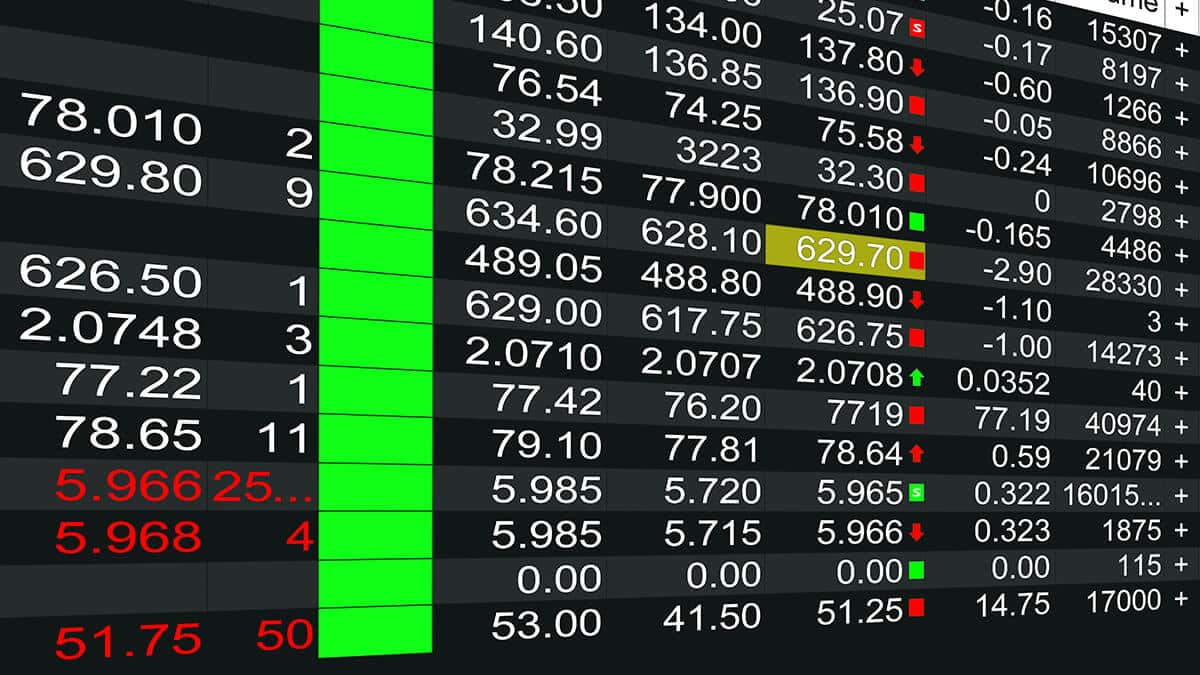In this guide
With trillions of dollars tied up in Australia’s super funds, you’d think it would be pretty easy to find out where all that money is invested. But that hasn’t always been the case.
Detailed information about the actual assets your super fund owns has been difficult to find, with many in the super industry arguing it was too complicated and expensive to provide. All that changed in March 2022, when new super regulations governing the disclosure of the holding within a super fund’s investment portfolio finally came into force.
Although there’s still room for improvement, some funds are actively embracing the new regime so their members can finally see exactly what assets their fund has purchased with their retirement savings.

Leave a Reply
You must be logged in to post a comment.